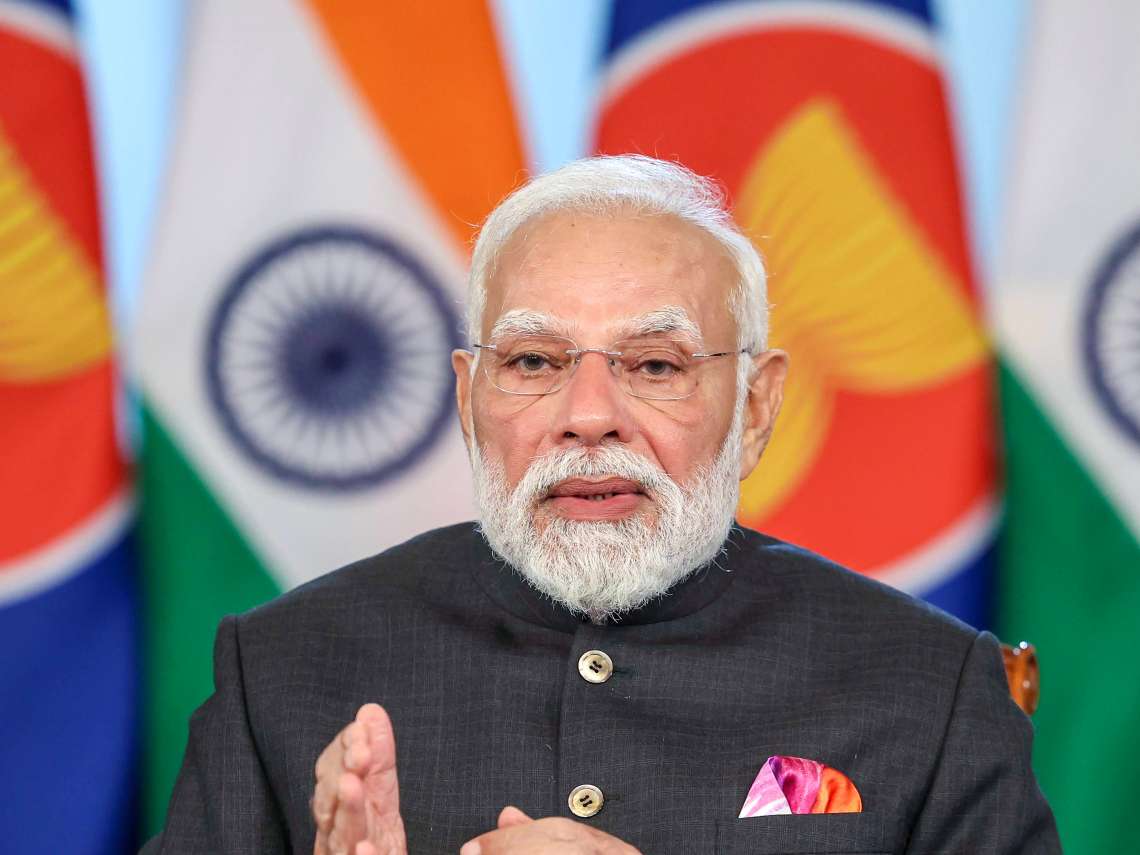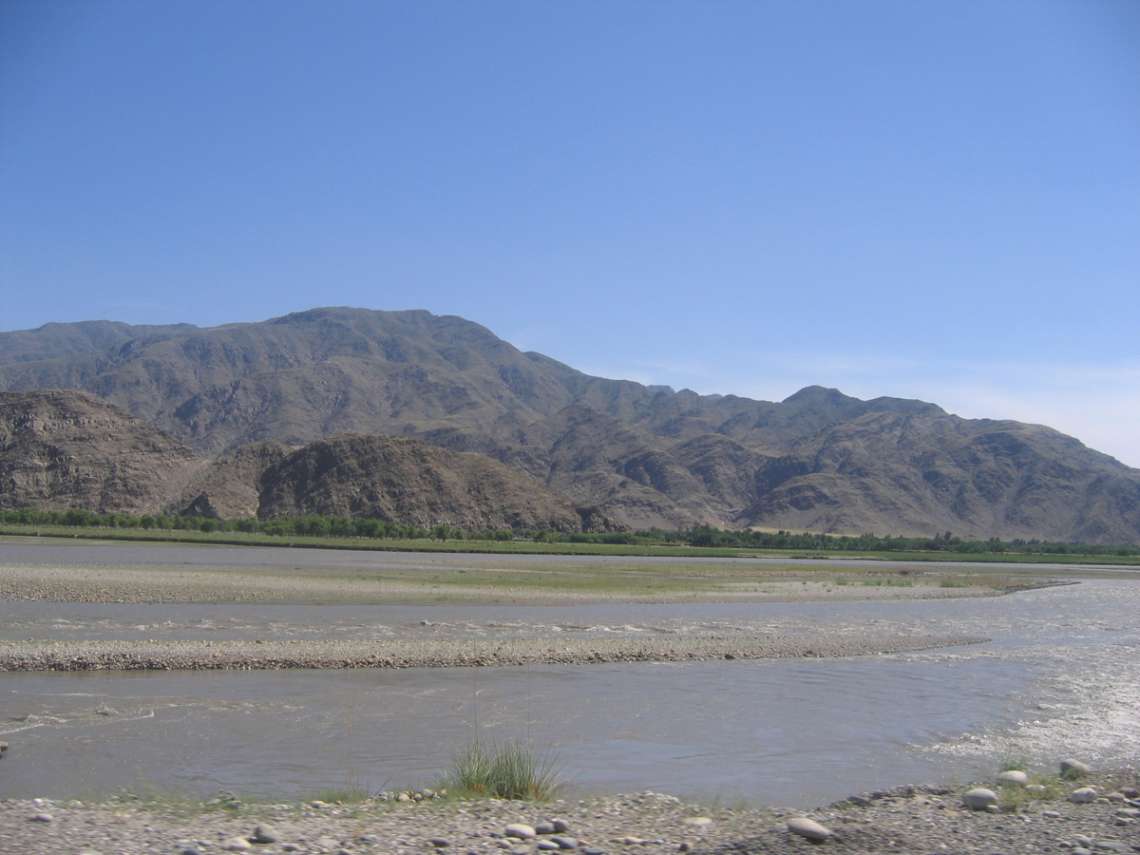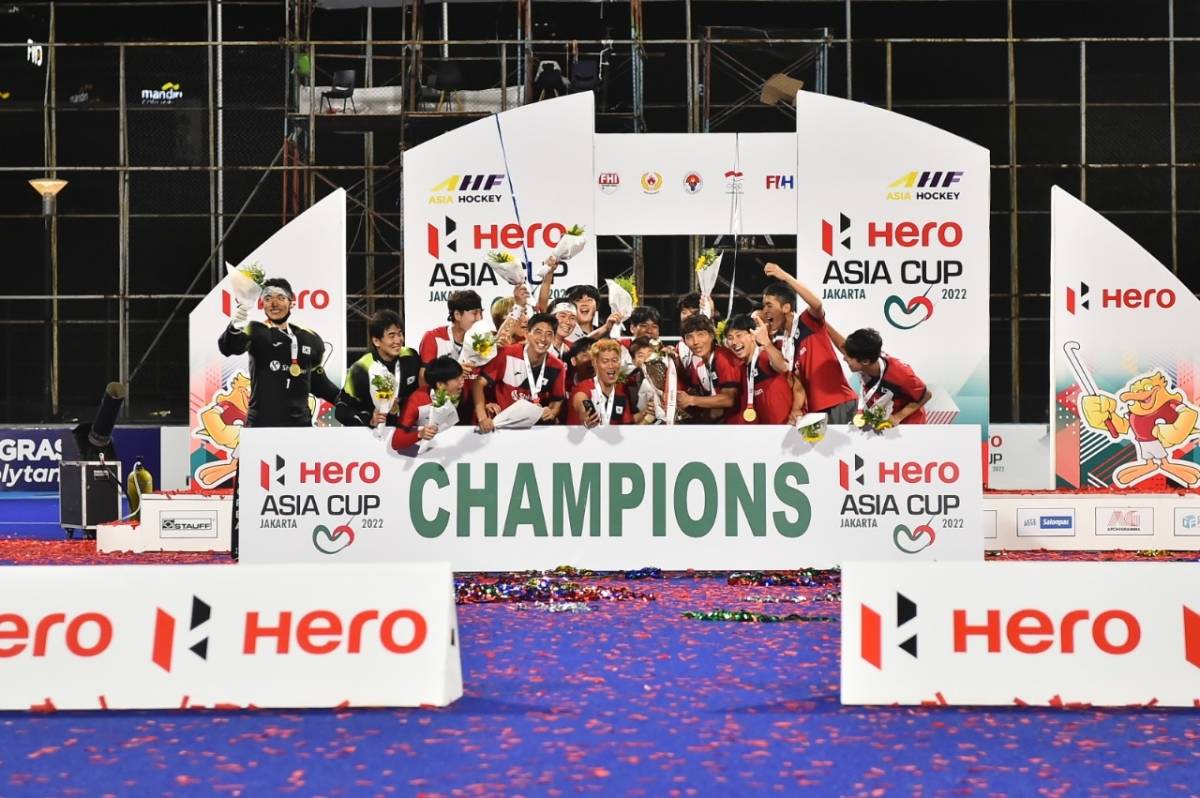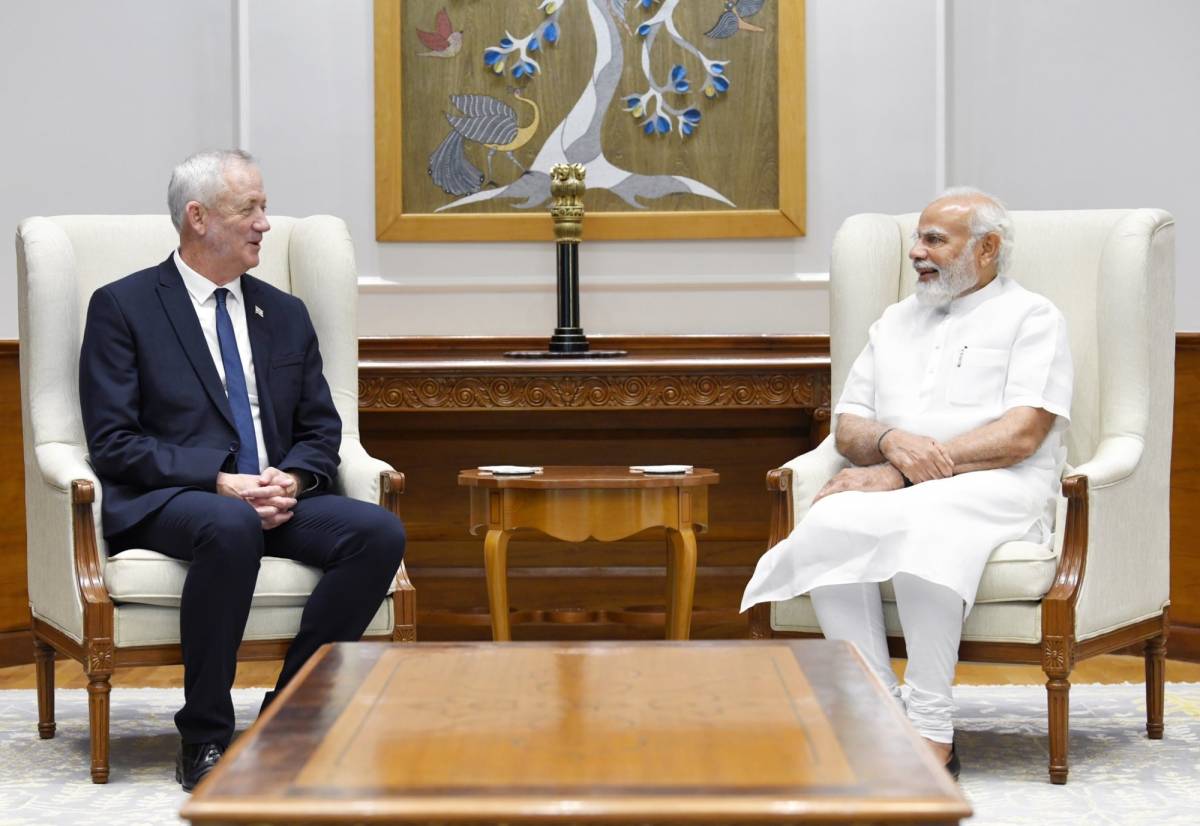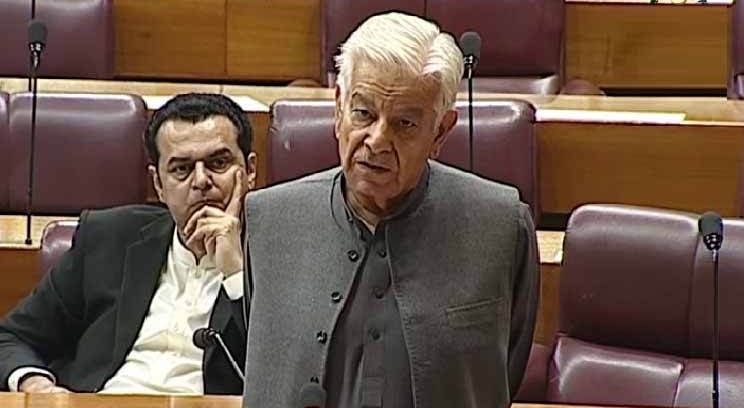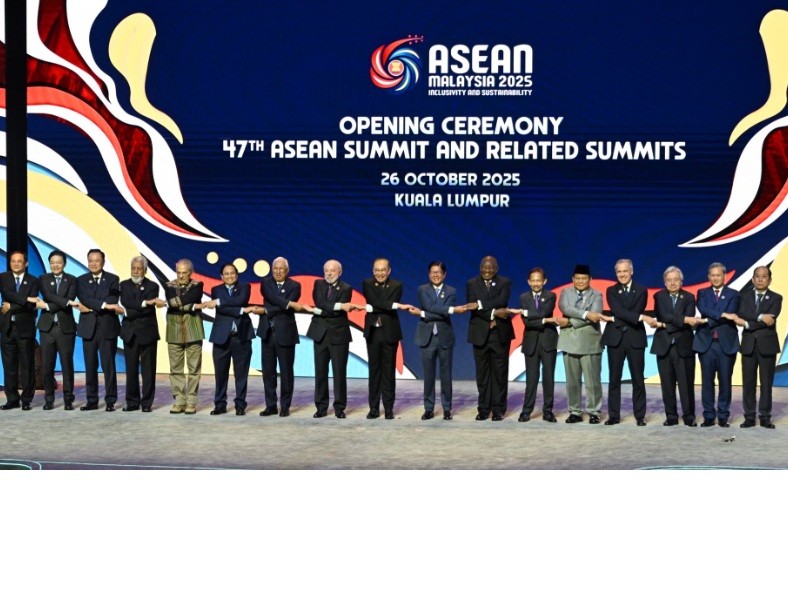In continuous pursuit to achieve self-reliance in defence manufacturing and minimise imports under ‘Aatmanirbhar Bharat’, the ministry’s Department of Defence Production (DDP) has already intensified the drive for indigenisation of defence items by its DPSUs, a report by Ateet Sharma
The Defence Ministry’s announcement of signing a contract with Bharat Dynamics Limited (BDL) for supply of ASTRA MK-I Beyond Visual Range (BVR) Air to Air Missile (AAM) and associated equipment for the Indian Air Force (IAF) and the Indian Navy at a cost of Rs 2,971 crore is yet another major move towards manufacturing and maintenance of defence equipment to achieve the vision of ‘Make in India, Make for the World’.
ASTRA MK-I BVR AAM has been indigenously designed and developed by Defence Research and Development Organisation (DRDO) based on the staff requirements issued by the IAF catering for Beyond Visual Range as well as Close Combat Engagement reducing the dependency on foreign sources.
Until now, the technology to manufacture missiles of this class indigenously was not available.
Air-to-air missile with BVR capability provides large standoff ranges to fighter aircraft which can neutralise the adversary aircraft without exposing itself to enemy’s air defence measures, thereby gaining and sustaining superiority of the air space. This missile is technologically and economically superior to many such imported missile systems.

ASTRA MK-I missile and all associated systems for its launch, ground handling and testing has been developed by DRDO in coordination with the IAF. The missile, for which successful trials have already been undertaken by the IAF, is fully integrated on the Su 30 MK-I fighter aircraft and will be integrated with other fighter aircraft in a phased manner, including the Light Combat Aircraft (Tejas). The Indian Navy will integrate the missile on the MiG 29K fighter aircraft as well.
The project, which will act as a catalyst for development of infrastructure and testing facilities, essentially embodies the spirit of ‘Aatmanirbhar Bharat’ and will help facilitate realising the country’s journey towards self-reliance in this sector. It will also create opportunities for several MSMEs in aerospace technology for a period of at least 25 years.
In continuous pursuit to achieve self-reliance in defence manufacturing and minimise imports under ‘Aatmanirbhar Bharat’, the ministry’s Department of Defence Production (DDP) has already intensified the drive for indigenisation of defence items by its DPSUs. The progress is being reviewed on a weekly basis by Defence Secretary Ajay Kumar.
A comprehensive user-friendly dashboard on its SRIJAN Portal has also been developed to monitor the status of progress of indigenisation. This dashboard enables real-time end-to-end updates of various activities being taken up by the respective DPSUs during the process of indigenisation. It provides transparent information, analytics and various customised reports to assess the performance of the DPSUs.
Relevant information like details of items to be indigenised, tentative order quantity, concerned DPSU, route of indigenisation to be adopted, details of in-charge Nodal Officer, details of expression of Interests, Requests for Proposal, project sanction order, etc. have been kept in public domain to make it accessible to the industry.
The ministry believes that the move can become a game changer in intensifying the indigenisation process.
While addressing the three-day 39th Commanders’ Conference of the Indian Coast Guard (ICG) in New Delhi on Monday, Defence Minister Rajnath Singh had highlighted his ministry sanctioning a large number of projects, including acquisition of Pollution Control Vessels and mid-term Life Upgradation of Dornier Fleet, to modernise the ICG.
Flight test of indigenously developed helicopter launched anti-tank guided Missile ‘Helina’ being carried out from Advanced Light Helicopter at high-altitude ranges
“Today, the manufacturing and servicing/repairing of ships and aircraft of ICG is being done indigenously. The ICG is spending almost 90% of its capital budget on the development of indigenous assets,” Singh had said while appreciating the ICG’s efforts towards achieving ‘Aatmanirbhar Bharat’.
On May 27, the Defence Minister undertook a sea sortie on stealth submarine ‘INS Khanderi’ and witnessed a wide range of operational drills at Karwar strengthening the resolve of achieving ‘Aatmanirbhar Bharat’ as envisioned by Prime Minister Narendra Modi.
Singh had described ‘INS Khanderi’ as a shining example of the ‘Make in India’ capabilities of the country and appreciated the fact that 39 of the 41 ships/submarines ordered by the Indian Navy are being built in Indian shipyards.

‘INS Khanderi’ shining example of ‘Make in India’
Defence Minister Rajnath Singh on Friday received first-hand insights into the combat capabilities and offensive strength of ‘INS Khanderi’, the state-of-the-art Kalvari class submarine.
For over four hours, the full spectrum of capabilities of underwater operations of the stealth submarine was demonstrated to the minister during his visit to Karwar Naval Base in Karnataka.
During the course of a sea sortie on ‘INS Khanderi’, the union Defence Minister witnessed a wide range of operational drills with the submarine demonstrating the advanced sensor suite, combat system and weapon capability which provides it a distinct advantage in the subsurface domain.
The day-at-sea also provided him a glimpse of the submarine’s capability to effectively counter anti-submarine operations by an adversary. Chief of Naval Staff Admiral R. Hari Kumar and other senior officials of the Indian Navy and the Ministry of Defence were also present.
Interacting with mediapersons after the sea sortie, Rajnath Singh termed Indian Navy as a modern, potent and credible force, capable of being vigilant, valiant and victorious in all situations. “Today, Indian Navy is counted among the frontline navies of the world. Today, the world’s largest maritime forces are ready to work and co-operate with India,” he said.
Describing ‘INS Khanderi’ as a shining example of the ‘Make in India’ capabilities of the country, the minister appreciated the fact that 39 of the 41 ships/ submarines ordered by the Indian Navy are being built in Indian shipyards. The number of platforms and the speed at which they have been launched by the Indian Navy has strengthened the resolve of achieving ‘Aatmanirbhar Bharat’ as envisioned by Prime Minister.
On the commissioning of India’s first indigenous aircraft carrier ‘Vikrant’, Rajnath Singh said, it will bolster the maritime security of the country, along with INS Vikramaditya.
He, however, assured that the preparations being made by the Indian Navy are not a provocation to any aggression, but a guarantee of peace and security in the Indian Ocean region.
Singh also interacted with the crew of the submarine and commended them for carrying out operations in a challenging environment.
He praised the Indian Navy for maintaining a high state of readiness and offensive capability to address any threat in the maritime domain.

The operational sortie was accompanied by the deployment of ships of the Western Fleet, an anti-submarine mission sortie by a P-8I MPA and Sea King helicopter, a fly past by MiG 29-K fighters and a search & rescue capability demonstration.
With this, the Defence Minister has now witnessed first-hand the three-dimensional combat capability of Indian Navy, after having embarked INS Vikramaditya in September 2019 and conducted a sortie on the P8I Long Range Maritime Reconnaissance Anti-Submarine Warfare aircraft earlier this month.
The second of the Project 75 submarines was built under the ‘Make in India’ initiative at Mazagon Docks Limited, Mumbai. INS Khanderi was commissioned by the Defence Minister on September 28, 2019.
The Scorpene submarines are extremely potent platforms. They have advanced stealth features and are equipped with both long range guided torpedoes as well as anti-ship missiles. These submarines have a state-of-the-art SONAR and sensor suite permitting outstanding operational capabilities.
Presently, Indian Navy operates four submarines of this class with two more likely to be inducted by end next year. The induction of these submarines have significantly enhanced Indian Navy’s underwater capability in the Indian Ocean Region.
(This article contains inputs from indianarrative.com)



